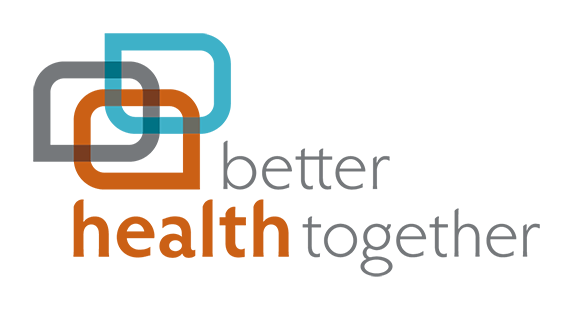Pathway to our Regional Health Improvement Project
/We’ve been eagerly awaiting news on the Medicaid Transformation Waiver but, since we aren’t ones to just sit around, we’re moving full speed ahead.
We’ve spent months synthesizing the wealth of information generated in our Idealized Design and Community Linkage mapping sessions to develop and inform our Regional Health Improvement Plan and the selection of a Regional Health Improvement Project. During our focus group conversations, our community worked together to inventory existing linkages between community resources, and identify where linkages were broken or non-existent. Across those conversations, one need presented itself over and over again: the need to “coordinate the coordinators.”
The diversity of partners in our ACH Leadership Council members demonstrates the leadership and dedication needed to radically improving the health of our region. We agree the most emergent need is not to scale any one community resource or service but to build stronger and more navigable connections between the coordinators and resources already available.
This was realized in our design sessions as a need for “air traffic control” or a patient-centered workforce that helps coordinate services across all sectors. Independent organizations need the flexibility to explore their own models and develop their strengths, but to nurture healthy community, patients need services that communicate, collaborate, and speak the same language of care.
From this idea, we’ve pulled together a workgroup to explore the Pathways HUB model and serve as the steering committee for our Regional Health Improvement Project. Alisha Fehrenbacher from Empire Health Foundation, presented on to the ACH Leadership Council in March on her experiences implementing the Pathways HUB model (view her slides here) in Oregon. It is an evidence-based model currently deployed in over 20 regions of the US, that positions care organizations around a centralized HUB, and has been shown to effectively address risk factors, improve health and reduce costs.
We feel confident this model has a lot to offer our region and are excited to explore it further. The workgroup will continue to develop our plan throughout the summer, with the hope that we will be in position to hit the ground running once we hear about the waiver. If you are interested in joining the Leadership Council, please email Alison@betterhealthtogether.


